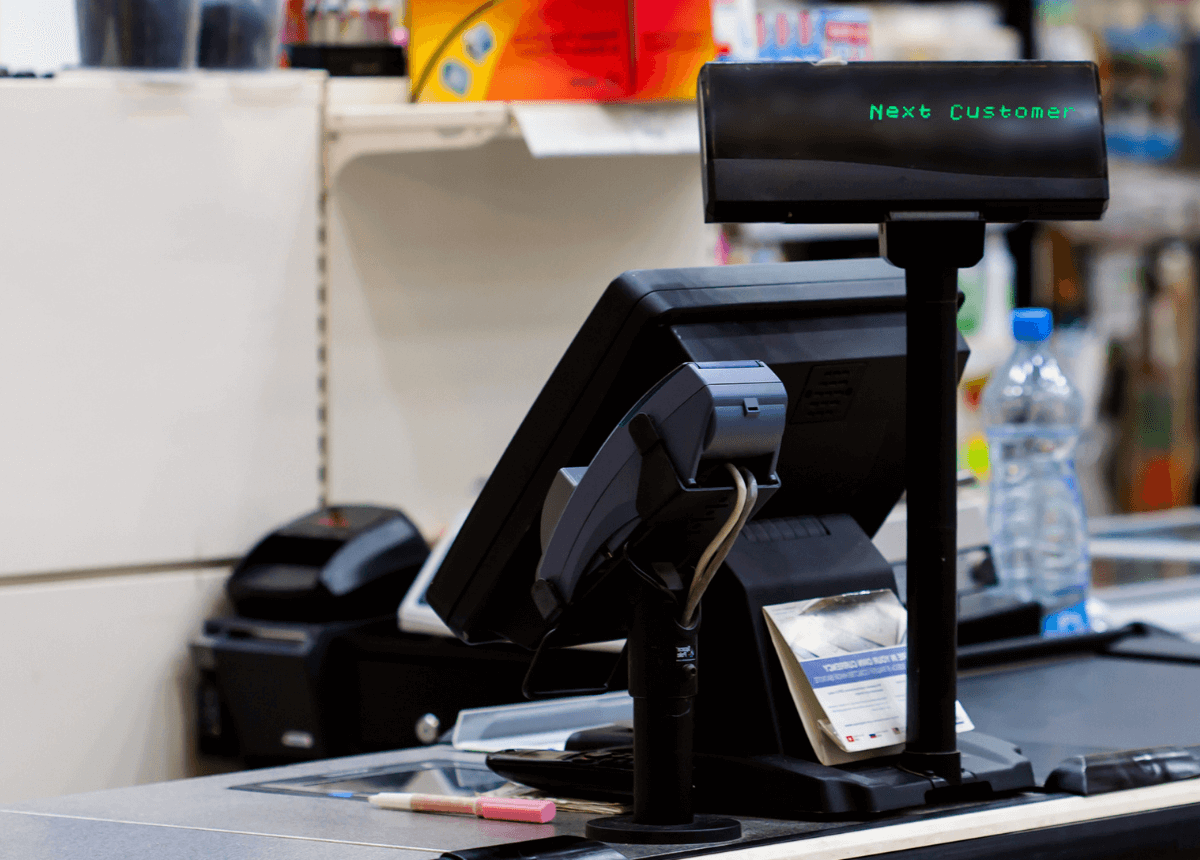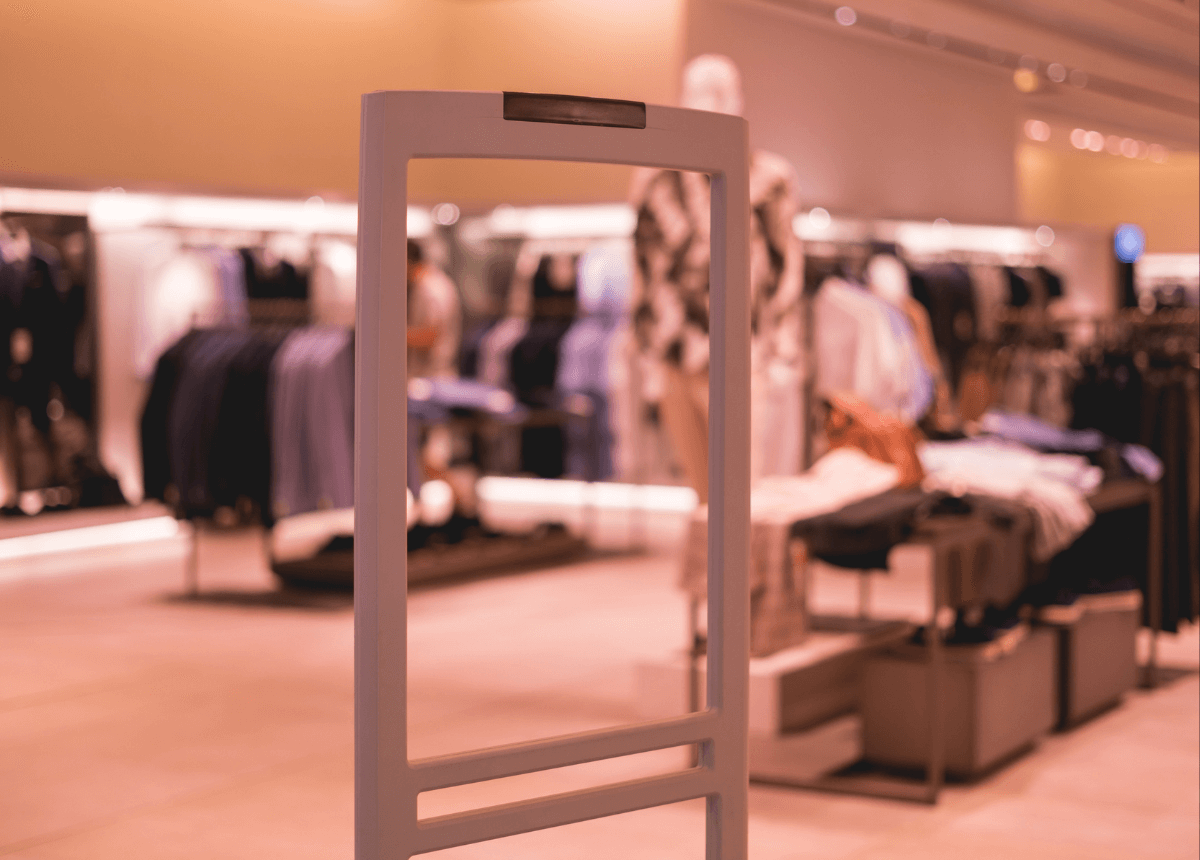Loss Prevention Stats and Facts Every Retailer Should Know in 2022
Retail Brian Brinkmann
Brian Brinkmann

With the welcome influx of in-store customers and growing sales volume, retails still need to keep a watchful eye on loss prevention as the retail industry continues to lose billions of dollars every year to shoplifters, dishonest employees, and other forms of retail crime and preventable loss.
Industry professionals have a responsibility to stay informed about the latest facts and statistics about the growing impact of loss and theft, as well as how the industry is evolving to match changing consumer buying behaviors.
Here are the top statistics to keep in mind for 2022.
Inventory Shrink
Shrink refers to the difference between the merchandise a retailer shows in its records and the actual physical count of merchandise sold. This difference can be attributed to known losses such as operational errors, internal loss, and/or external loss or unknown loss.
Average shrink rates have stayed relatively steady in recent years. The average shrink percentage is about 1.6% for retailers. (Source: NRF’s 2021 Retail Security Survey)
Brick-and-mortar retail sales reached $3.1 trillion in 2020, bringing estimates for total shrink losses to $49.6 billion. (Source: Los Angeles Times)
36.5% of shrink is external, due to shoplifting and ORC, outpacing shrink caused by employee theft, vendor fraud, and administrative errors. (Source: 2019 National Retail Security Survey)
Current Risk Landscape
Retailers reported new risks and threats that are now a priority. These concerns include mall/store violence/shooting incidents (82%), cyber-related incidents (76%), internal theft (53%), gift card fraud (47%), and return fraud (43%). (Source: NRF’s 2021 Retail Security Survey)
In terms of fraud, retailers reported the most significant increase in fraud from multichannel sales like BOPIS, with 39% indicating it as a concern in 2021 compared to 19% in 2020. In-store sales fraud dropped from 49% to 28% from 2020 to 2021, while online-only sales fraud remained steady at 26%. (Source: NRF’s 2021 Retail Security Survey)
ORC and Shoplifting
In recent years, many Loss Prevention professionals have rated shoplifting as a leading shrink issue. There are many reasons for this shift, including:
- Increased Organized Retail Crime (ORC) activity
- Legislation raising Felony Threshold Levels
- Less staff on the sales floor creates more opportunities for shoplifters
Shoplifting is conservatively estimated to account for 30%-40% of total retail shrink. The average shoplifting case for all types of retail is approximately $50. This totals about $15-$20 billion in dollars lost to shoplifters annually. (Source: Hayes International Annual Retail Theft Survey)
1 in 11 Americans will commit the crime of shoplifting at some point in their lives. Stores lose more than $45 million a day to shoplifting ($50 billion annually); communities lose the corresponding tax revenue. Shoplifters say they are caught, on average, just once every 49 times they steal. (Source: The National Association for Shoplifting Prevention)
ORC accounts for an average loss of $700,000 per $1 billion in sales. (Source: NRF’s 2020 ORC Retail Crime Survey)
56.9% of retailers reported a rise in ORC in 2020. (Source: NRF’s 2021 Retail Security Survey)
Dishonest Employees and Internal Theft
Employee theft, also known as internal theft, occurs when employees steal from the organization where they are employed.
The average case value per dishonest employee increased 3.8% from 2019 to 2020. The total dollars recovered from dishonest employee apprehensions fell 17.2% from 2019 to 2020. Apprehensions of dishonest employees also fell 20.3% from 2019 to 2020. (Source: Hayes International Annual Retail Theft Survey)
On average, each dishonest employee cost retailers $1,551.66 in 2020, up from $1,139.32 in 2019. (Source: NRF’s 2021 Retail Security Survey)
On average, the amount of theft by an unchecked dishonest employee will increase by 58% every month. (Source: Agilence’s Theory of Escalation)
42.9% of lost revenue in American retail is from employee theft. (Source: Global Retail Theft Barometer)
On average, employers lose 20 cents of every dollar to workplace fraud. (Source: EHS Today)
The Evolution of Loss Prevention
Loss Prevention (LP) and Asset Protection (AP) teams have had to rapidly evolve their roles to match accelerated changes to consumer buying behaviors. Many departments have taken on responsibilities outside of traditional LP activities and this has been reflected in a greater focus on proactive processes, increased demand for technological improvements including integrated data streams, and more holistic metrics to measure success including profits added to the business's bottom line.
91% of LP and AP professionals revealed that their team operates proactively. Further review shows that 95% of directors and 100% of VP-level respondents understand the proactive nature of LP. (Source: Loss Prevention Magazine - The Evolving Perception of Value within Loss Prevention Departments)
81% of LP and AP professionals report that they are viewed as the go-to resource for fast, accurate reports, finding opportunities to impact the bottom line positively. (Source: Loss Prevention Magazine - The Evolving Perception of Value within Loss Prevention Departments)
88% agree the LP holds a stake in creating and optimizing policies, processes, and technologies that link businesses decisions across the company. (Source: Loss Prevention Magazine - The Evolving Perception of Value within Loss Prevention Departments)
87% of LP/AP teams are responsible for physical safety (87%), health and wellness/COVID response (69%), risk (56%), and eCommerce fraud (53%). Additional areas include cargo/supply chain, emergency/crisis management, business continuity, claims management, and brand protection. (Source: Loss Prevention Magazine - The Evolving Perception of Value within Loss Prevention Departments)
81% of LP/AP teams have integrated LP analytics tools and department data streams, maximizing the ROI on tech investments. (Source: Loss Prevention Magazine - The Evolving Perception of Value within Loss Prevention Departments)
Digital and omnichannel retail channels will likely become a growing concern in the coming years for LP/AP teams, as retailers see a 3-8% decline in margins in these channels compared to in-store shopping. (Source: IHL Retail’s Digital Journey)
There is a gap in measuring the success of LP. 80% of store management believe closed cases are the primary metric, while 77% of directors and 72% of VPs disagree. 85% of respondents, including 100% of VP-level, believe LP focuses on innovation and experimentation beyond routine monitoring and traditional metrics. (Source: Loss Prevention Magazine - The Evolving Perception of Value within Loss Prevention Departments)
Retailers face new pressures to combat shrink and rising crime while enhancing profits. As a result, LP professionals are gaining new respect as strategic contributors across the organization, using analytics that increases profits while providing unique insights.
We're sharing advice from 20 Loss Prevention and Asset Protection leaders that will change how the industry operates. Download your copy today.
Learn more about Loss Prevention & Asset Protection.
Related Articles

How to Reduce Shrink by Flagging Sales Reducing Activities
As retailers search for new ways to engage with customers, they are also seeking new ways to detect formerly hidden losses. T...
E-Commerce Fraud is on the Rise: Here’s How Retailers Can Fight Back
With the pandemic spurring online shopping adoption, digital retail has never been more popular. E-commerce sites have become...
How to Identify and Handle Shoplifters in your Retail Stores
The prevention, detection, and management of shoplifting is an integral aspect of running a retail business. Long gone are th...Subscribe to our blog
Receive free educational resources like exclusive reports, webinars, and industry thought leadership articles straight to your inbox.


